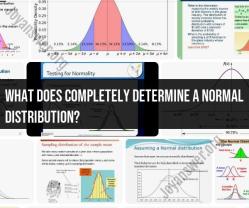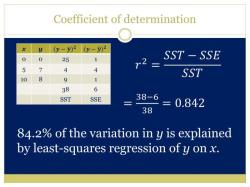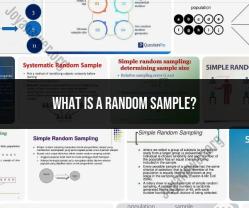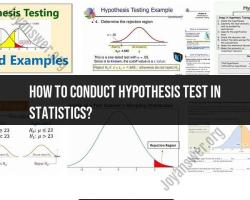How do you find the z-score of x = 50?
To find the z-score (standard score) for a specific value of , you need to know the mean () and the standard deviation () of the data set from which is drawn. The formula to calculate the z-score is:
Here's a step-by-step guide to finding the z-score for :
Step 1: Determine the Mean ()Identify the mean (average) of the data set from which is drawn. The mean represents the center or average value of the data set. Make sure that your mean is calculated based on the same data set or population that is part of.
Step 2: Determine the Standard Deviation ()Calculate the standard deviation of the data set. The standard deviation measures the spread or variability of the data. It quantifies how individual data points deviate from the mean. Ensure that your standard deviation is based on the same data set as the mean.
Step 3: Plug Values into the Z-Score FormulaNow that you have the mean (), the standard deviation (), and the value of , you can calculate the z-score using the formula:
Substitute the values into the formula:
Step 4: Perform the CalculationCalculate the z-score using the values from your specific data set:
For example, if the mean is 60 and the standard deviation is 10, the calculation would be:
So, the z-score for in this case is -1.
Interpretation:
- A positive z-score indicates that the value of is above the mean.
- A negative z-score indicates that the value of is below the mean.
- The magnitude of the z-score indicates how many standard deviations is from the mean.
The z-score is a valuable tool in statistics for standardizing values and comparing them to a standard distribution. It helps you understand where a specific value falls in relation to the mean and the spread of data.












